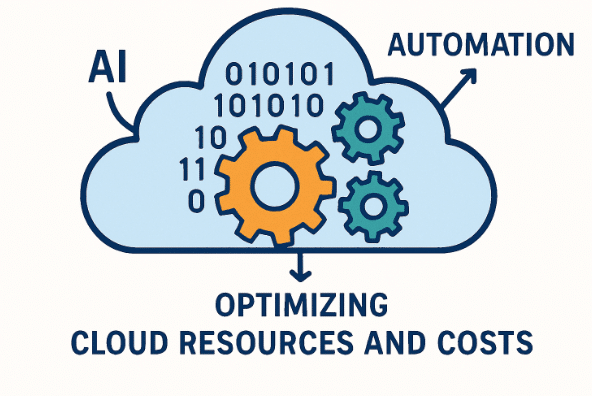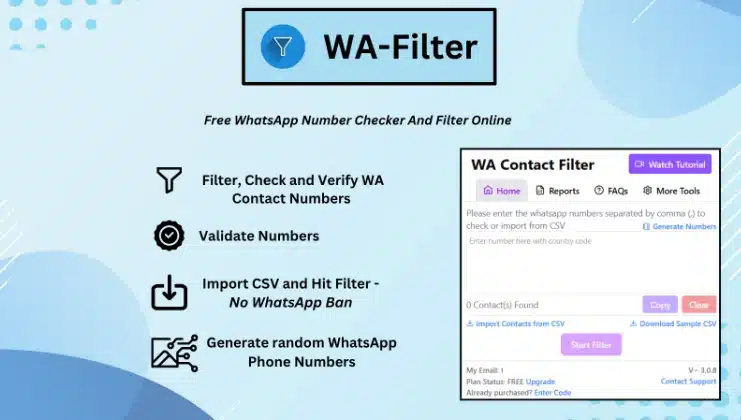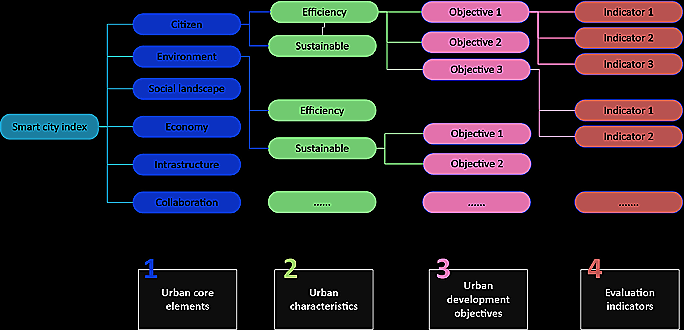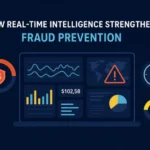How AI-Powered Cloud Cost Optimization Platforms Are Transforming IT Infrastructure

The Rise of AI in Cloud Cost Management
Enterprises are undergoing a digital transformation as the adoption of cloud computing becomes universal. With this shift comes a heightened need to manage costs, secure resource usage, and streamline operational efficiency. Traditional cost management tools often can’t keep pace with the dynamic scaling and complexity of cloud workloads. Organizations increasingly turn to AI-driven AWS cost optimization platforms, which harness machine learning and artificial intelligence to monitor, analyze, and automate cloud environments intelligently. These platforms don’t simply reduce costs—they transform organizations’ approach to IT infrastructure management.
At their core, AI solutions in cloud optimization use algorithms to analyze cloud usage patterns and anticipate fluctuations in demand. This intelligence empowers businesses to automate resource scaling, balance performance and expenses, and respond rapidly to operational changes—all in real time. With predictive insights and automation, enterprises maximize cloud ROI while freeing IT teams to focus on accelerating innovation.
Among the benefits, AI-driven platforms address cost control, minimize human error, and speed up decision-making. Advanced analytics enhance efforts to optimize workloads and deployments, mitigating inefficiencies that can creep in through manual oversight. By automating routine and complex processes, organizations pay only for the resources they need, when needed, instead of overspending on unused capacity or scrambling during periods of unanticipated demand.
A robust system for AI-driven cloud cost management ensures compliance with corporate standards, optimizes vendor agreements, and delivers transparent reporting, making it easier for management teams to understand what is driving cloud expenditures. Third-party AI tools are often built to integrate with existing DevOps workflows, helping to support cross-functional collaboration and continuous improvement across IT and business units.
Key Takeaways
- AI-driven platforms are revolutionizing cloud cost management by automating resource allocation and enhancing performance.
- Predictive analytics enables proactive scaling, reducing both over-provisioning and underutilization.
- Real-time anomaly detection ensures system reliability and security, minimizing downtime.
- Integrating AI into cloud operations leads to significant cost savings and operational efficiency.
Automated Resource Allocation: A Game Changer
Automating resource allocation through AI is revolutionizing how organizations manage their cloud environments. By constantly analyzing workload performance and usage data, these platforms can make granular, real-time adjustments, such as increasing compute resources for a sudden traffic surge or scaling down during periods of low demand. This immediate responsiveness eliminates the lag associated with manual intervention, which is crucial for maintaining optimal service delivery and customer satisfaction.
Dynamic scaling serves as the foundation for agility in today’s business landscape. Modern AI-driven platforms continuously evaluate resource allocation against predefined budgets and operational requirements, ensuring uptime and responsiveness are never sacrificed for cost. This approach means businesses can pursue aggressive growth strategies or respond to seasonal spikes seamlessly, confident that their cloud infrastructure can keep pace with demand, without introducing unnecessary cost burdens.
Resource optimization isn’t just about performance: it has significant implications for sustainability. Automated scaling can help companies reduce their environmental footprint by decreasing unnecessary energy consumption and carbon emissions. As cloud providers and their customers increasingly prioritize environmental responsibility, AI-driven cost optimization becomes a tool for business efficiency and corporate sustainability.
For large organizations or those with complex multi-cloud and hybrid-cloud strategies, AI-powered automation tools are crucial for visibility and centralized control. Such tools can identify waste, recommend right-sizing opportunities, and automatically terminate idle resources, further supporting a cost-conscious and efficient IT operations culture. For more on effective cloud cost management, see this comprehensive guide on best practices from Zartis.
Predictive Analytics: Forecasting Future Needs
Predictive analytics, underpinned by advanced machine learning, has become a game changer in cloud cost management. By ingesting historical usage data, AI platforms detect consumption trends and forecast future cloud resource needs with remarkable accuracy. This capability helps businesses avoid the two most common pitfalls of cloud infrastructure: over-provisioning, which leads to unnecessary spend, and under-provisioning, which can result in outages and lost opportunities.
Consider an e-commerce company heading into the holiday season. Using AI-driven cloud optimization, the organization can reliably anticipate traffic increases and adjust resources preemptively rather than reactively. The system’s predictive insights allow teams to plan for product launches, marketing campaigns, or international expansion. Not only does this reduce budget and risk, but it also ensures exceptional user experiences by maintaining high system availability even during demand surges.
Beyond resource forecasting, predictive analytics identifies underutilized assets, recommends rightsizing actions, automates backup and redundancy planning, and adapts to evolving business goals. The AI continues to learn from real-world data, becoming more effective at managing spend and performance with every iteration. Industry leaders are already using predictive cloud analytics to synchronize IT planning with business strategy, as highlighted in this CloudZero feature on the future of AI in cloud cost management.
Real-Time Anomaly Detection: Ensuring System Integrity
Security and system integrity remain core concerns for any business operating in the cloud. AI-powered platforms strengthen postures by identifying unusual usage patterns, configuration changes, or unexpected cost spikes, which may signal security breaches, rogue processes, or misconfigurations. Real-time anomaly detection empowers IT teams to react immediately, minimizing the likelihood and impact of outages or unauthorized access.
By leveraging unsupervised machine learning, these systems baseline normal behavior, flag deviations, and prioritize alerts according to potential risk. Automated response capabilities can trigger containment actions, isolate affected workloads, or notify stakeholders, all before issues escalate. This proactive monitoring model is a significant shift from traditional, reactive strategies and is quickly becoming a standard in modern security frameworks.
Furthermore, as cyberattacks become more sophisticated, integrating AI for anomaly detection in cloud environments offers a vital layer of adaptive defense. Enterprises can maintain compliance, protect sensitive data, and uphold trust in their digital platforms by ensuring continuous monitoring and automated remediation of vulnerabilities or operational anomalies.
Case Study: AI in Action
To see the practical impact of AI-driven cloud cost optimization, examine the journey of a multinational corporation that implemented an advanced AI platform across its global infrastructure. Within six months, the organization reported a 30% reduction in cloud expenditures and a 25% increase in operational efficiency. A key driver of these results was the platform’s ability to forecast demand spikes—especially as the company expanded into new markets—and dynamically adapt infrastructure resources to those forecasts.
This proactive approach allowed the enterprise to eliminate rampant over-provisioning, respond swiftly during unexpected peak times, and reduce downtime during key product releases. Besides financial benefits, the AI-powered platform generated actionable reporting and recommendations for further rightsizing, drove internal collaboration between business and IT teams, and strengthened overall governance over cloud usage and security.
The case underscores AI’s real-world value to cloud management—streamlining operations, encouraging innovation, and aligning IT with long-term business goals.
Challenges and Considerations
Despite compelling benefits, organizations considering AI-powered cloud cost optimization face practical challenges that should not be underestimated. Data quality is paramount; inaccuracies in operational data can lead AI models to generate flawed recommendations, potentially exacerbating inefficiency rather than reducing it. Ensuring clean, complete, and timely data input is essential for successful implementation.
Integration complexity is another concern. Legacy systems and bespoke applications may not seamlessly connect with modern AI platforms. Successful adoption often requires upskilling staff, investing in process reengineering, and working closely with cloud vendors and consultant partners. Change management becomes critical to harness the full advantages of AI-driven solutions.
Essential questions also arise about transparency and trust. Companies must evaluate the extent to which AI decision logic is explainable and auditable. Regulatory compliance, data residency requirements, and privacy considerations also play a role, especially for businesses operating in highly regulated industries or across multiple jurisdictions.
Organizations embarking on this journey should assess AI adoption’s technical and organizational readiness carefully, ensuring leadership buy-in and continuous engagement across key stakeholders.
The Future of AI in Cloud Optimization
The future of AI-powered cloud cost optimization is marked by rapid technological advancement and growing business expectations. AI’s intersection with edge computing enables faster data processing, localized optimization, and minimal latency, unlocking new IoT, manufacturing, and real-time analytics applications. These trends extend the reach of AI capabilities beyond core data centers and closer to users and devices in the field.
Another emerging trend is the integration of AI with advanced cloud security tools. AI can now proactively detect evolving cyber threats, automate patch management, and orchestrate rapid incident response. Enterprises leveraging these tools will lead in operational excellence and risk management.
Organizations adapting their cloud strategies with the latest AI will outperform laggards as competition intensifies. AI-driven platforms are expected to evolve further, incorporating self-learning, autonomous optimization, and tighter integration across the hybrid, multi-cloud, and on-premises environments, keeping businesses agile in a fast-changing world.
Conclusion
AI-powered cloud cost optimization platforms are becoming indispensable for managing today’s complex IT environments. These solutions leverage machine learning to automate the identification of underutilized resources, optimize workloads, and provide actionable insights through predictive analytics. Real-time anomaly detection safeguards infrastructure by flagging irregularities before they escalate into costly issues. This proactive approach reduces cloud spending and enhances operational resilience and system performance.
As businesses scale and adopt increasingly dynamic digital strategies, AI-driven platforms offer the agility and intelligence needed to adapt quickly. Organizations integrating these tools into their cloud management practices are better equipped to sustain growth, improve efficiency, and remain competitive in an evolving market.

Maximizing Guest Satisfaction Through Professional Vacation Rental Cleaning

A Complete Guide to Dumpster Rental: Efficient Waste Management for Projects of Every Size

Comprehensive Strategies and Best Practices for Fire Mitigation to Protect Lives, Property, and the Environment in Modern Residential and Commercial Settings

Onsite Tire Change in Ottawa : Safe Fast & Professional Tire Services

Accelerating drug discovery through the DEL-ML-CS approach

WhatsApp Number Checker 2025 | Verify Numbers Fast

Planning a Kitchen Extension? A Practical Guide to Get Started

What Is CEI Urban: Complete Guide to Meaning and Applications








